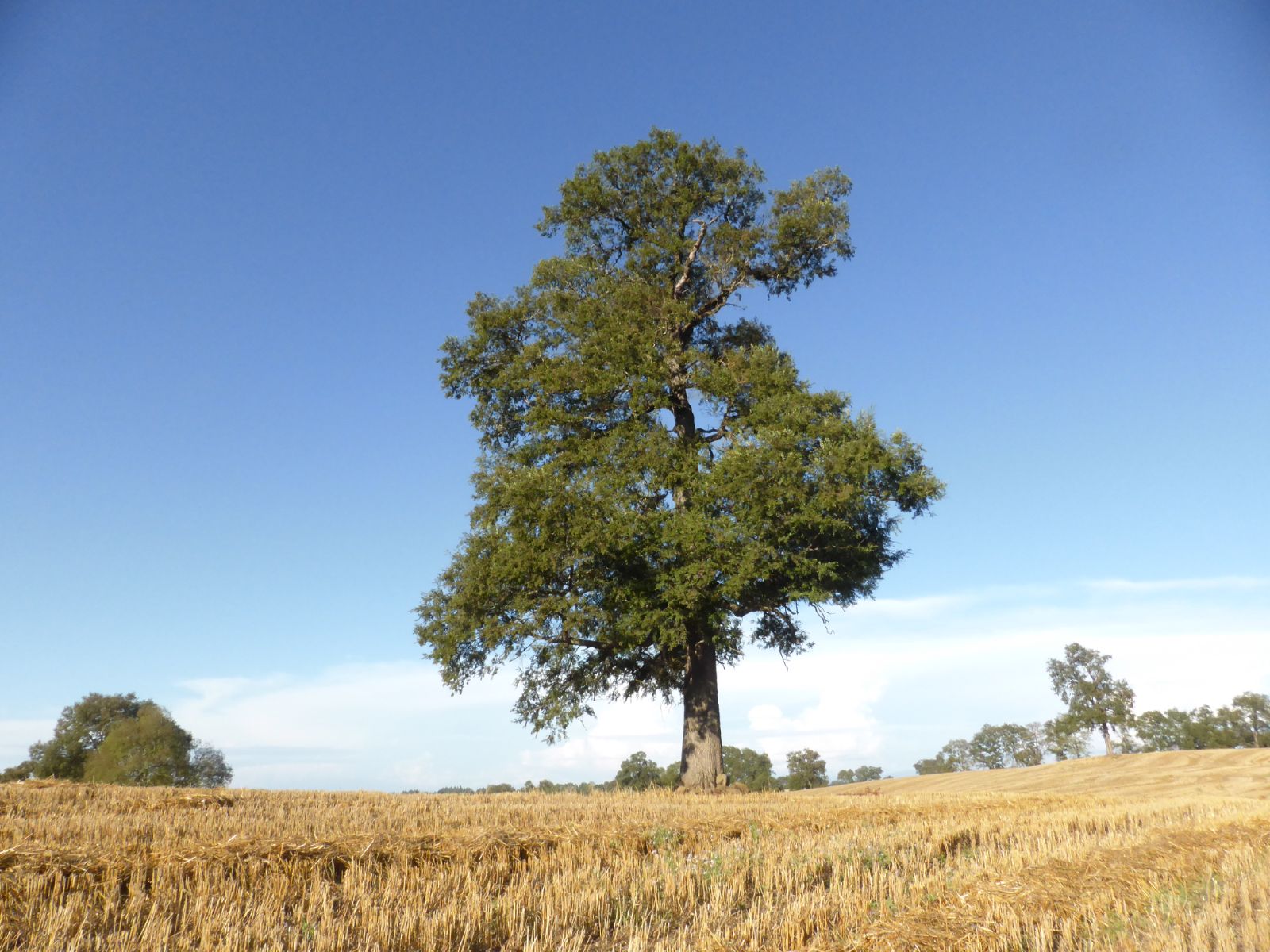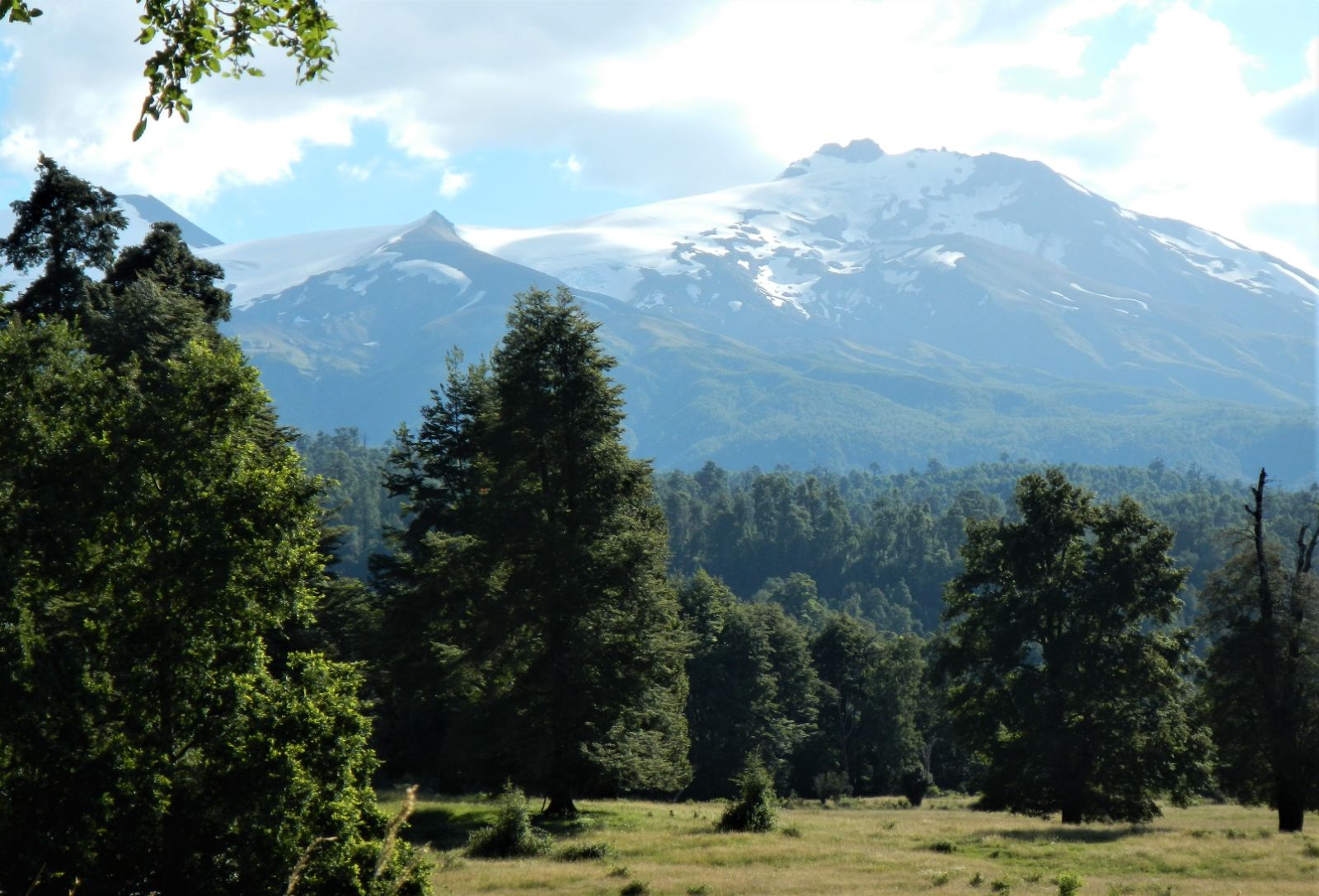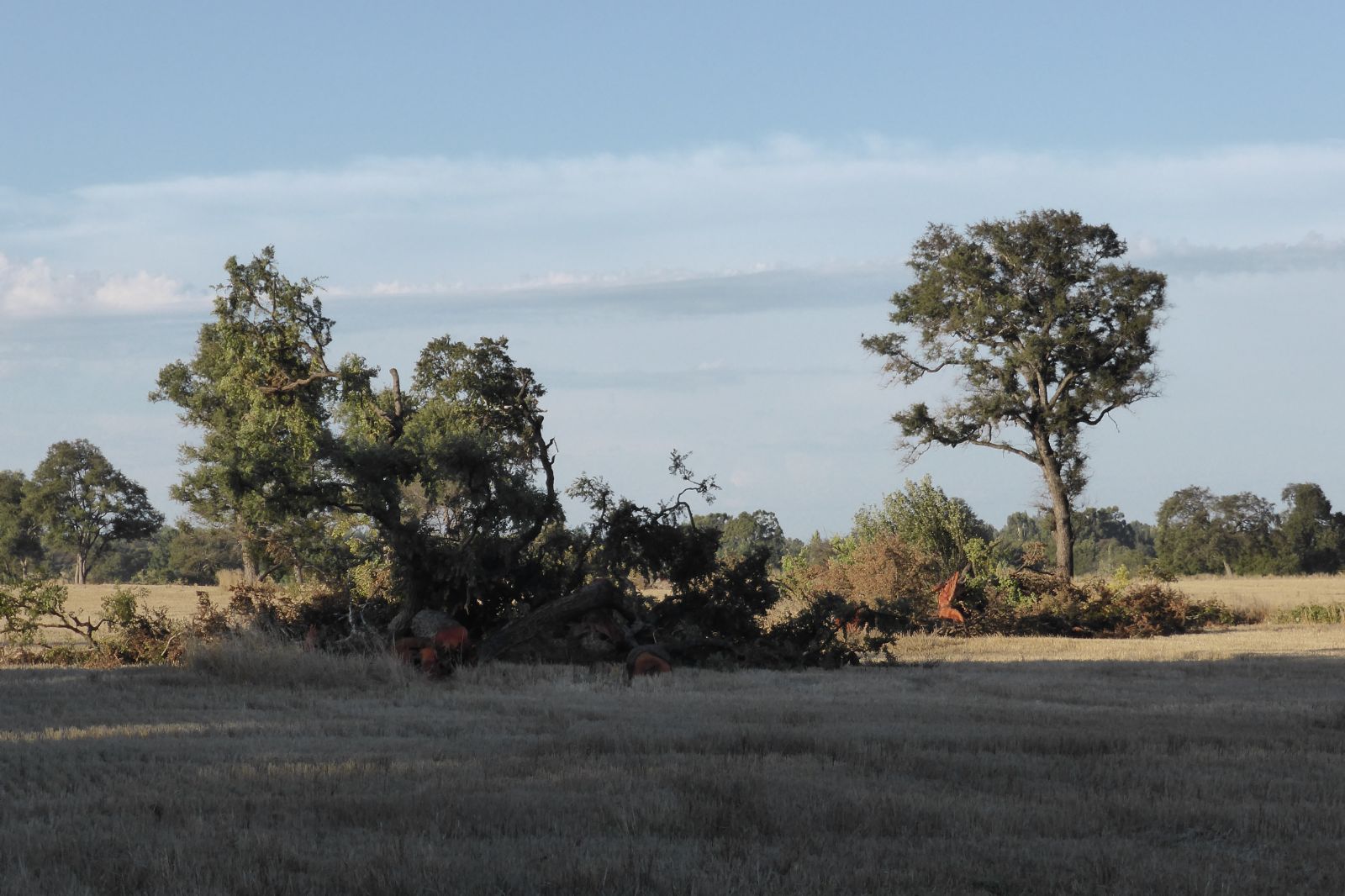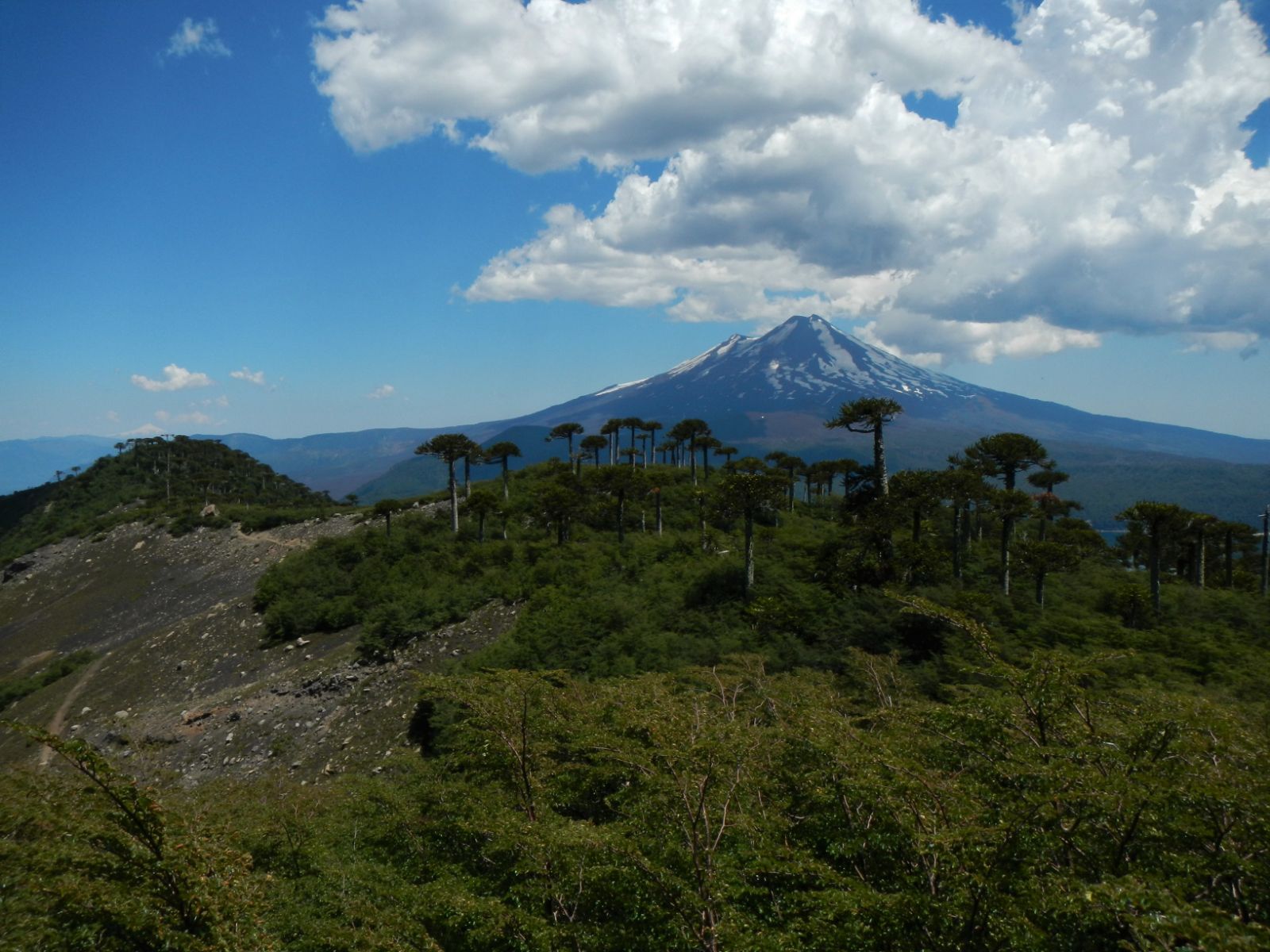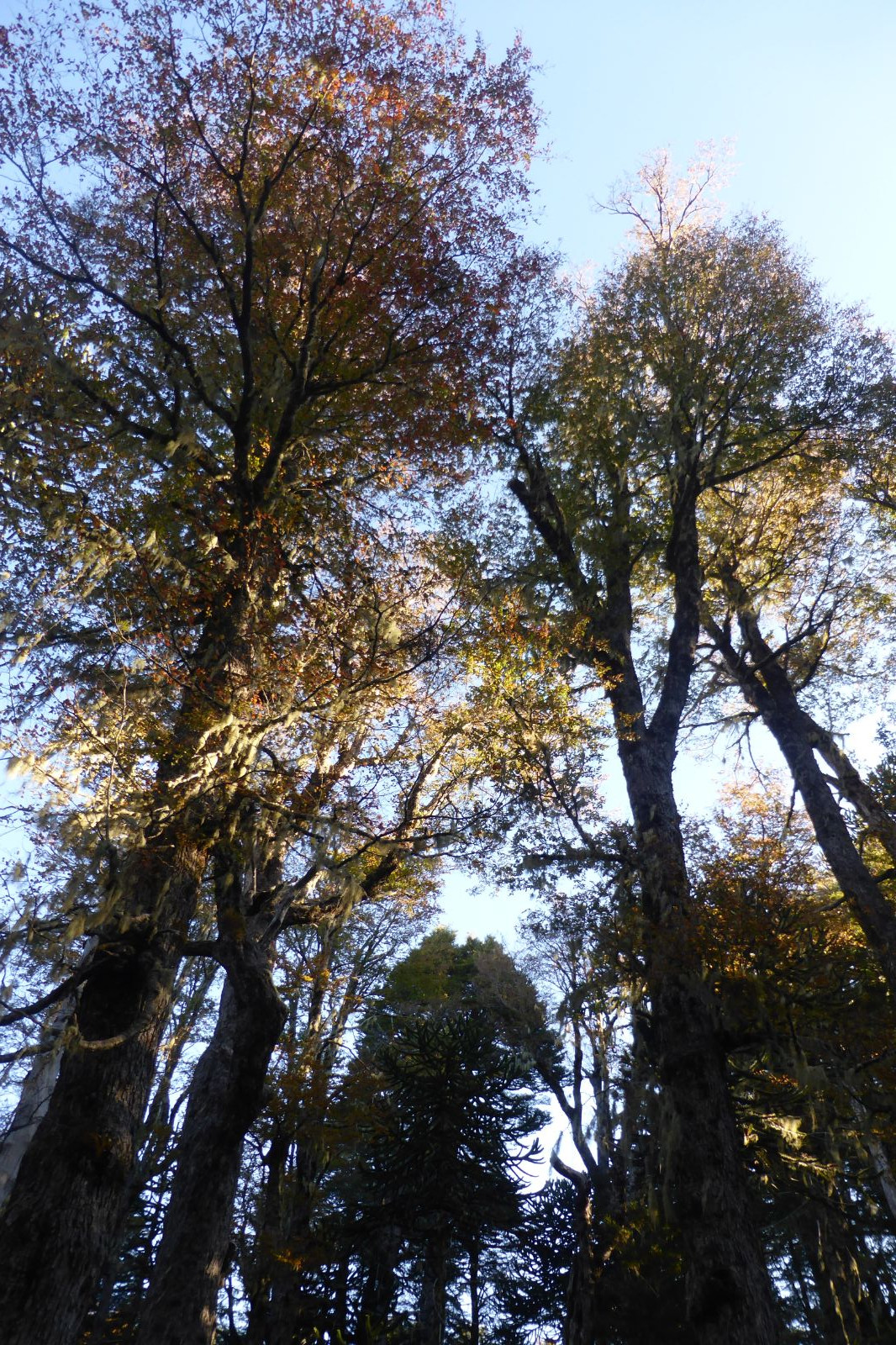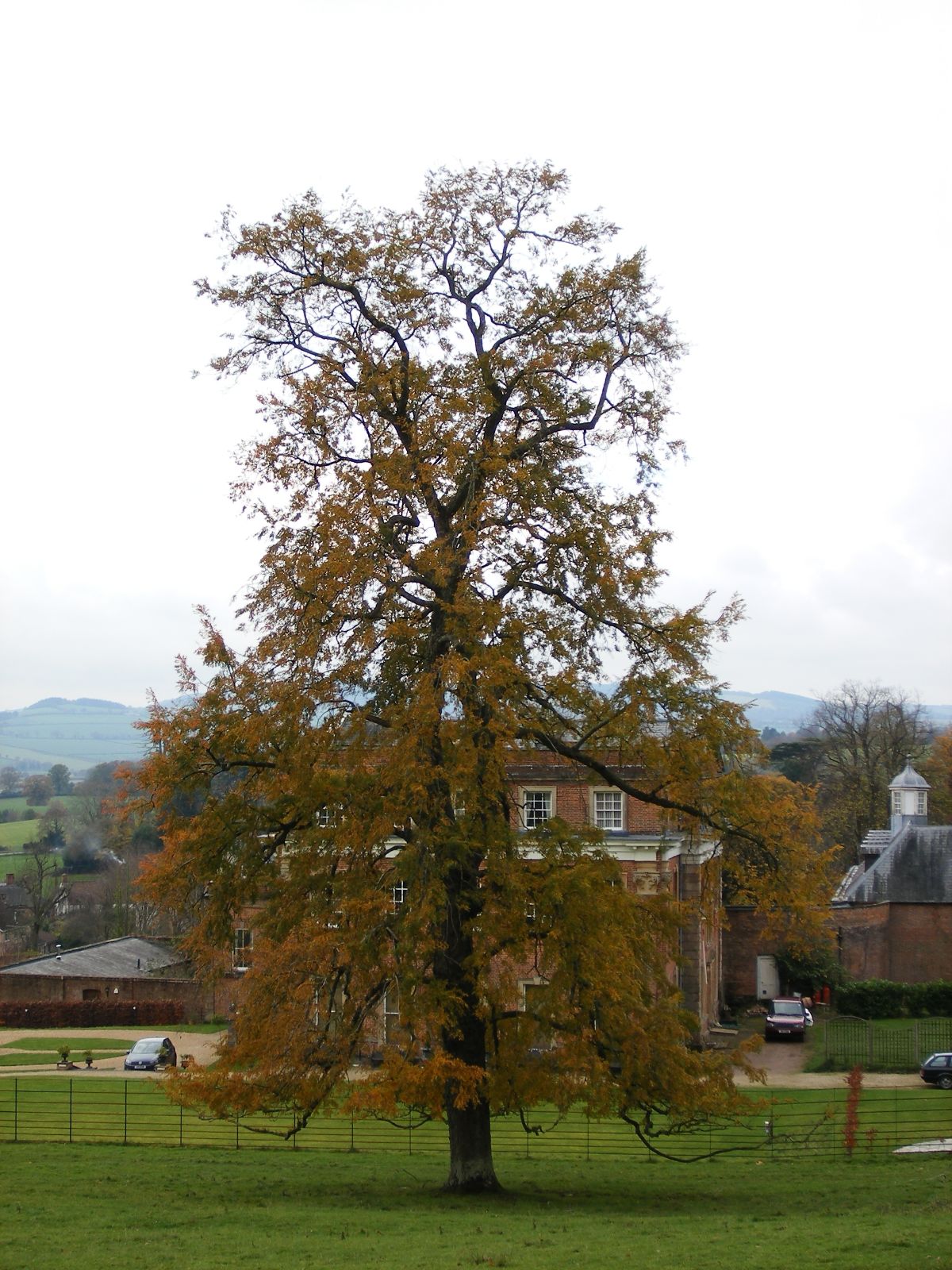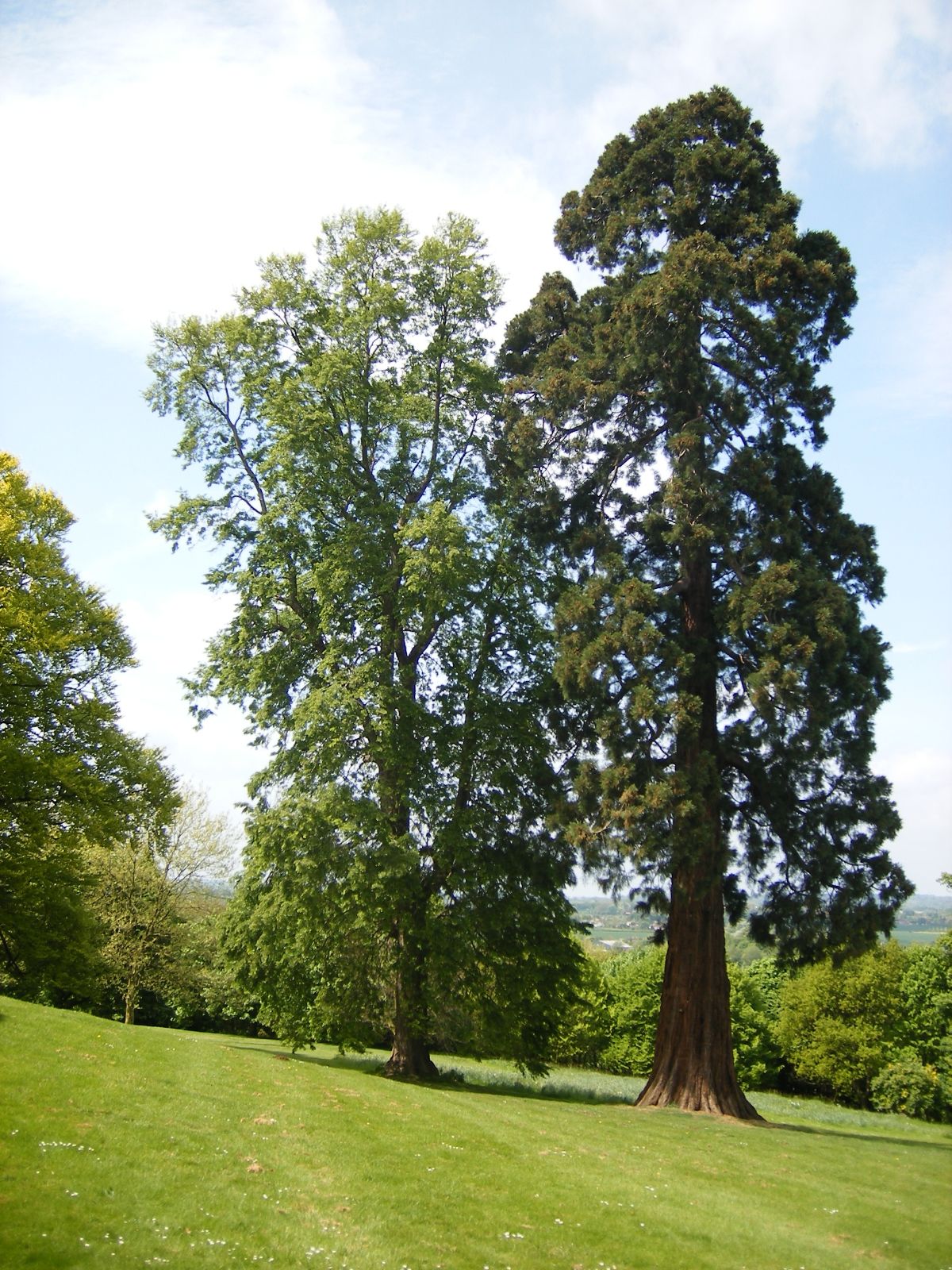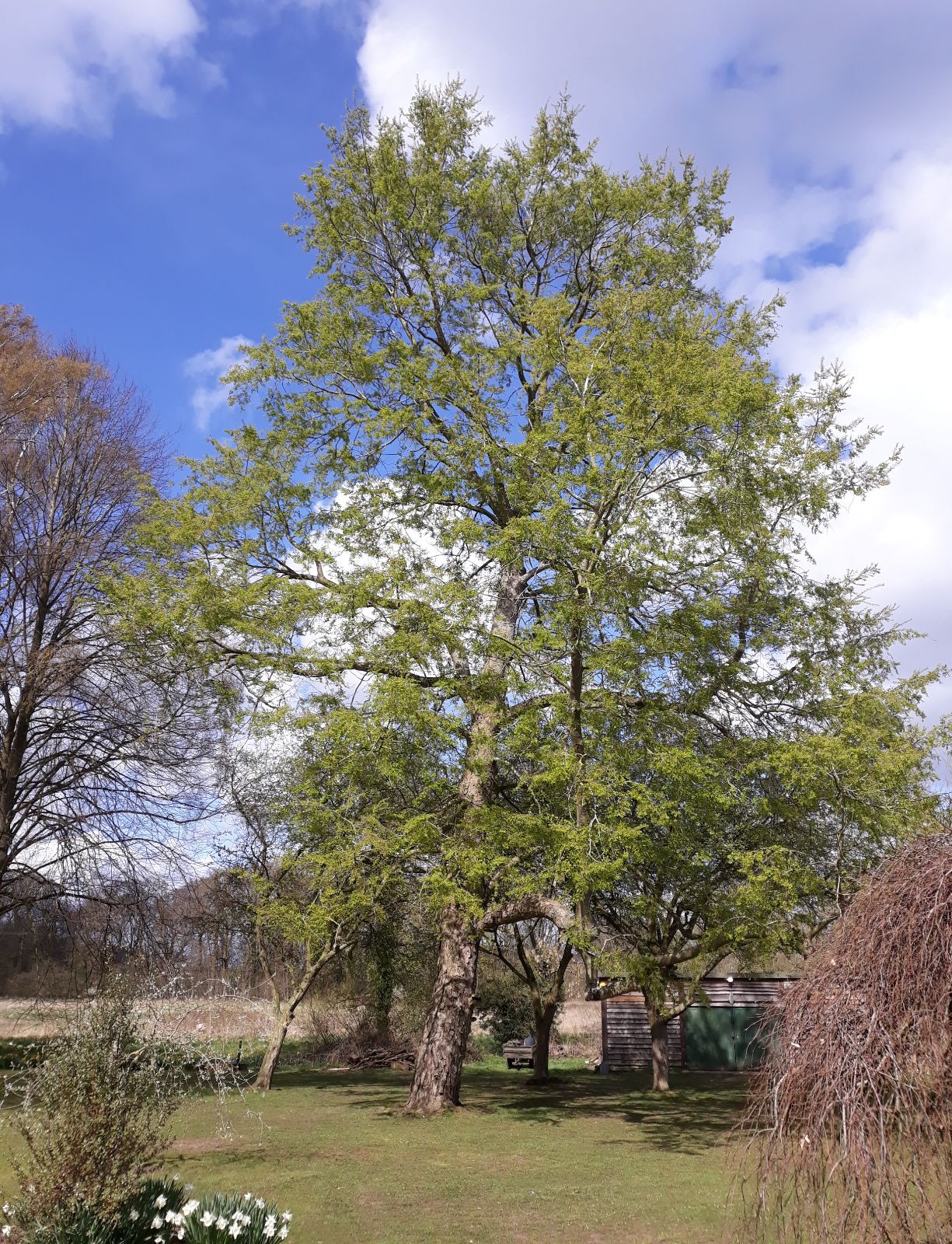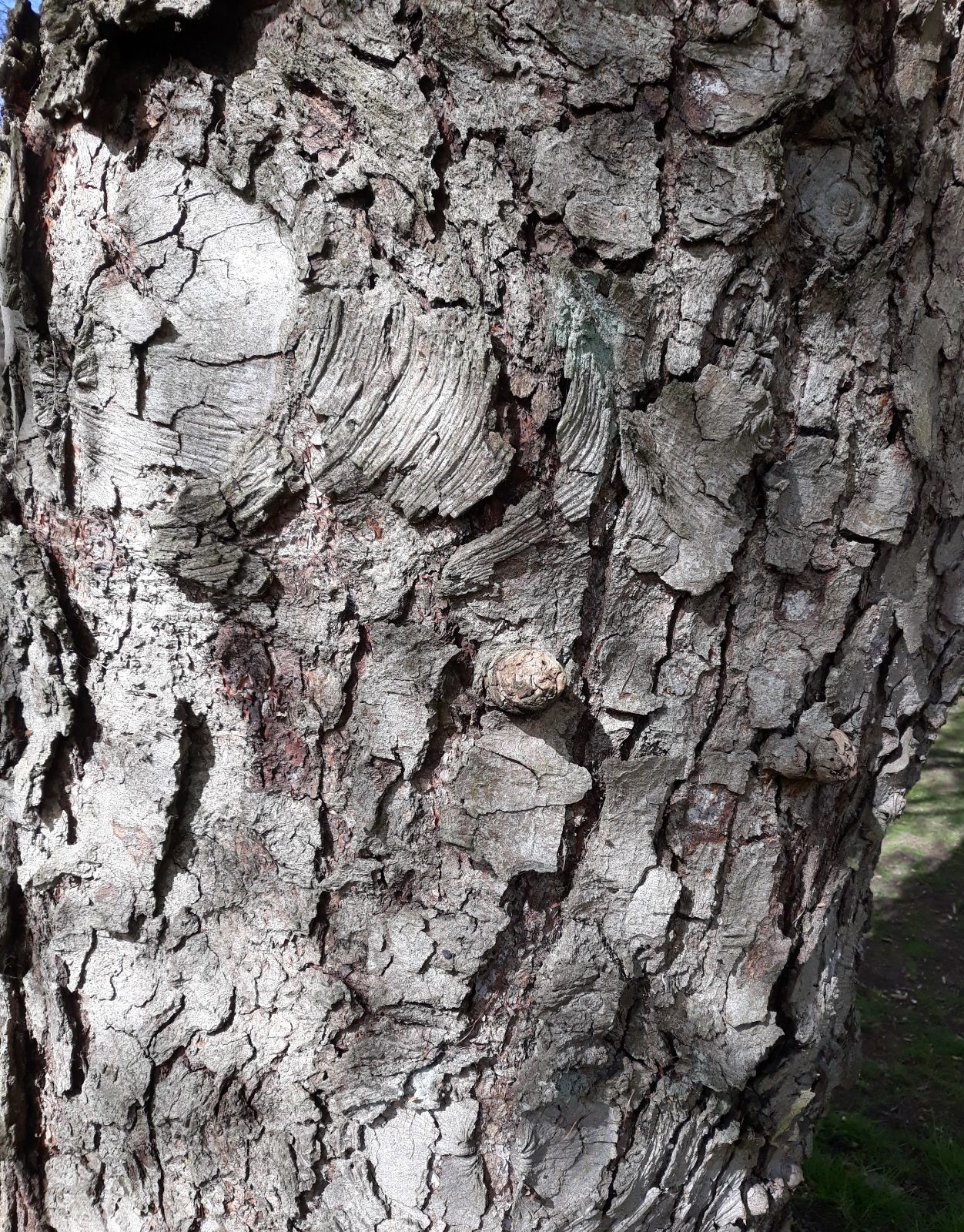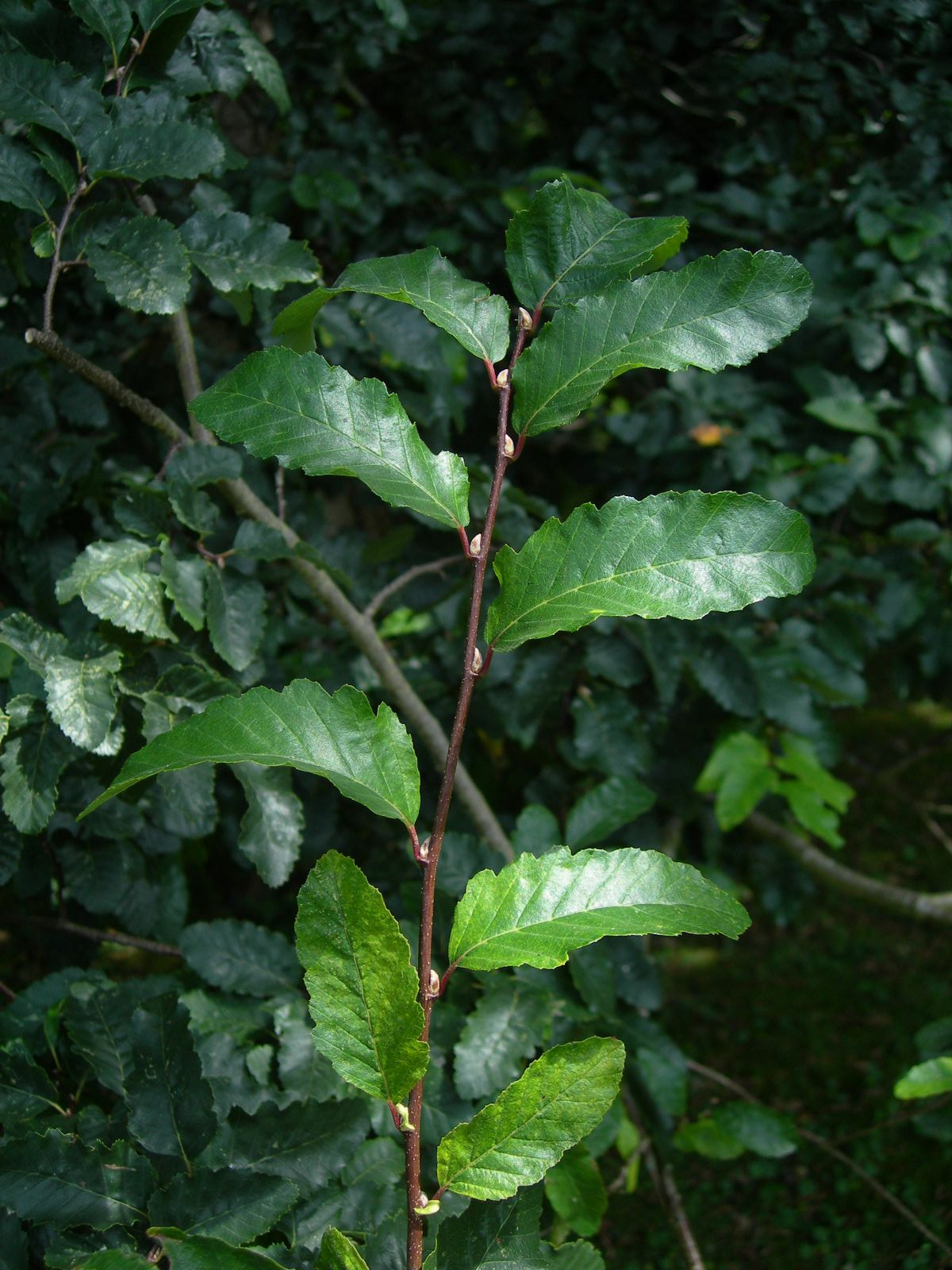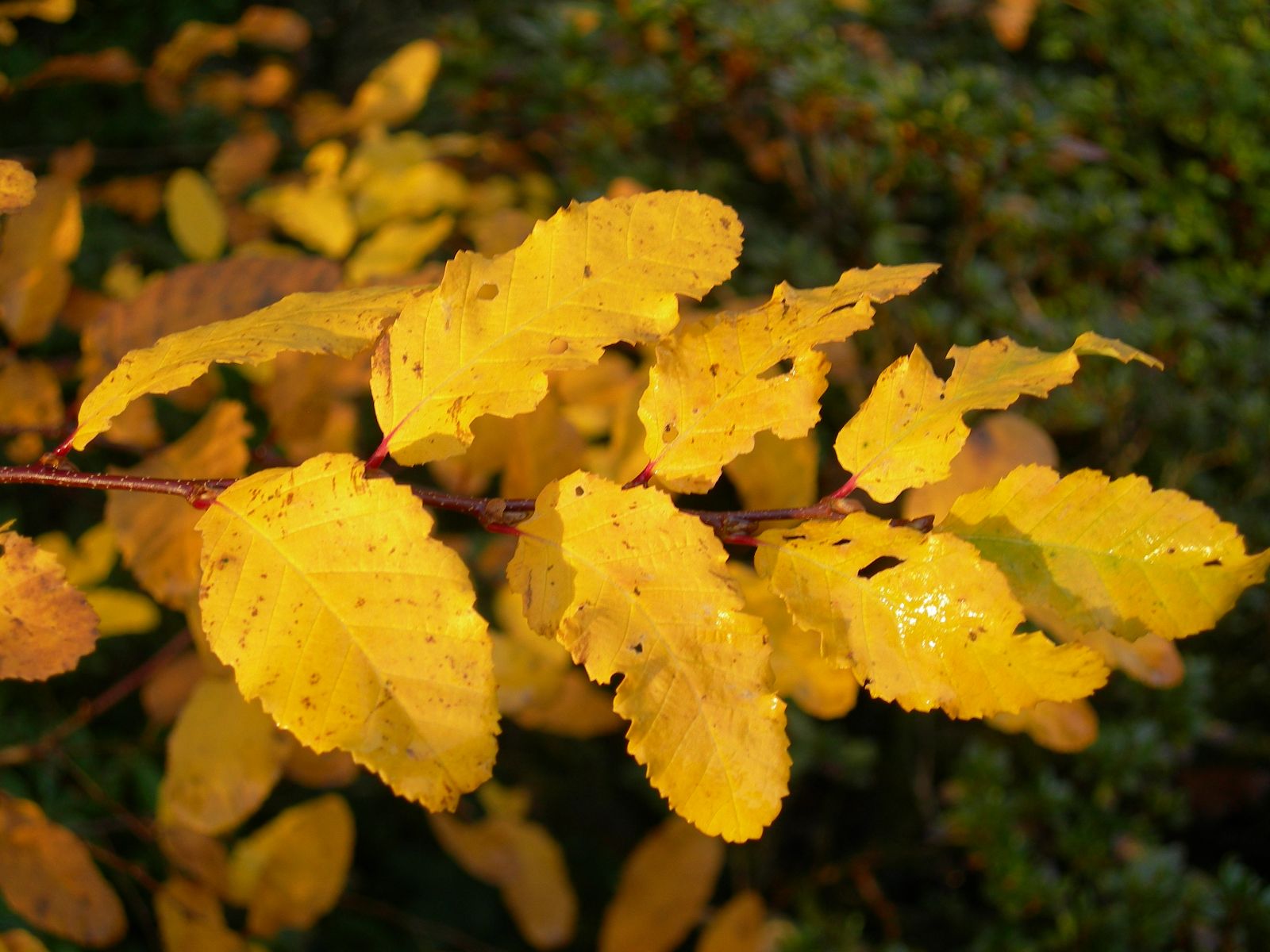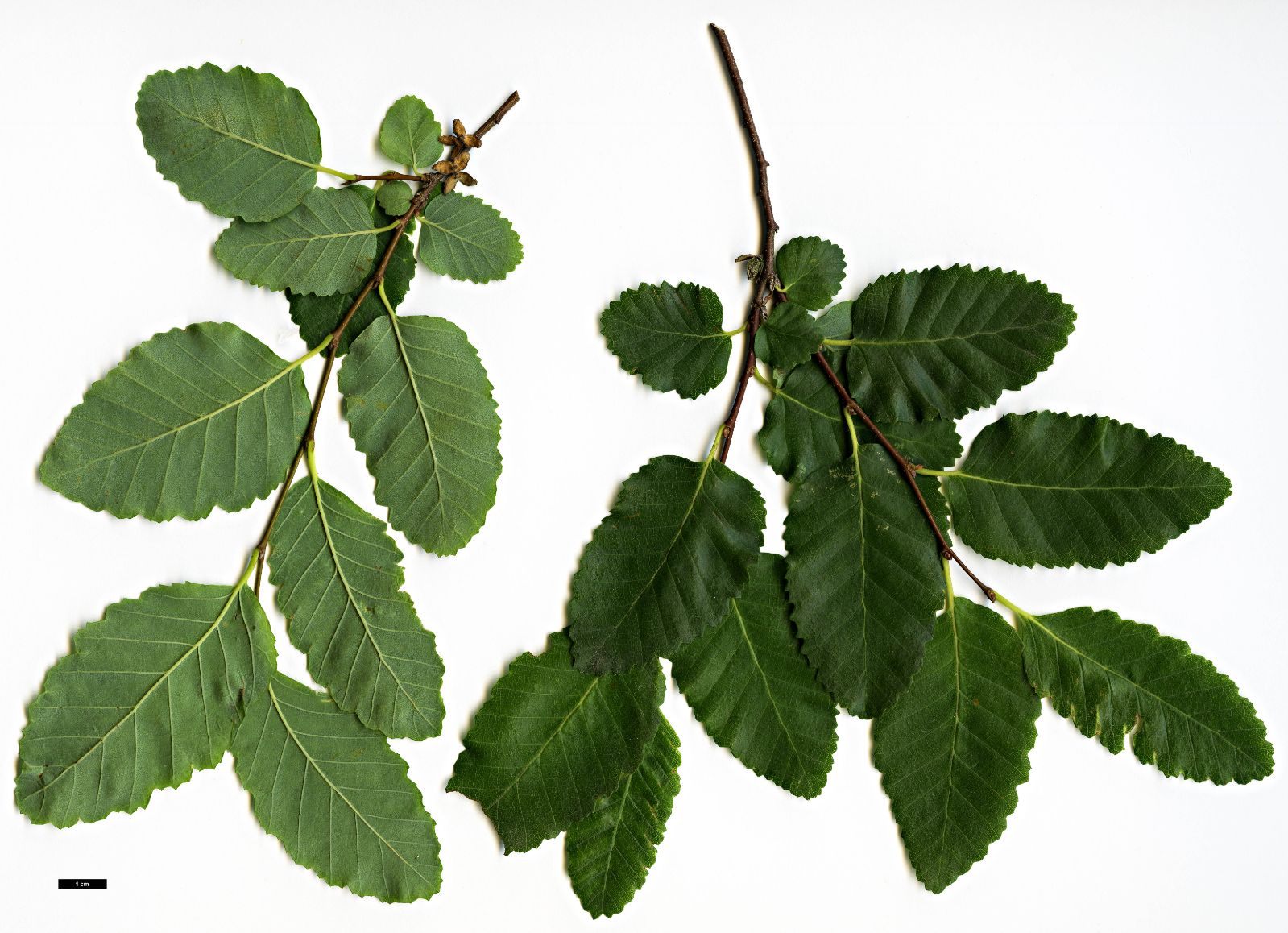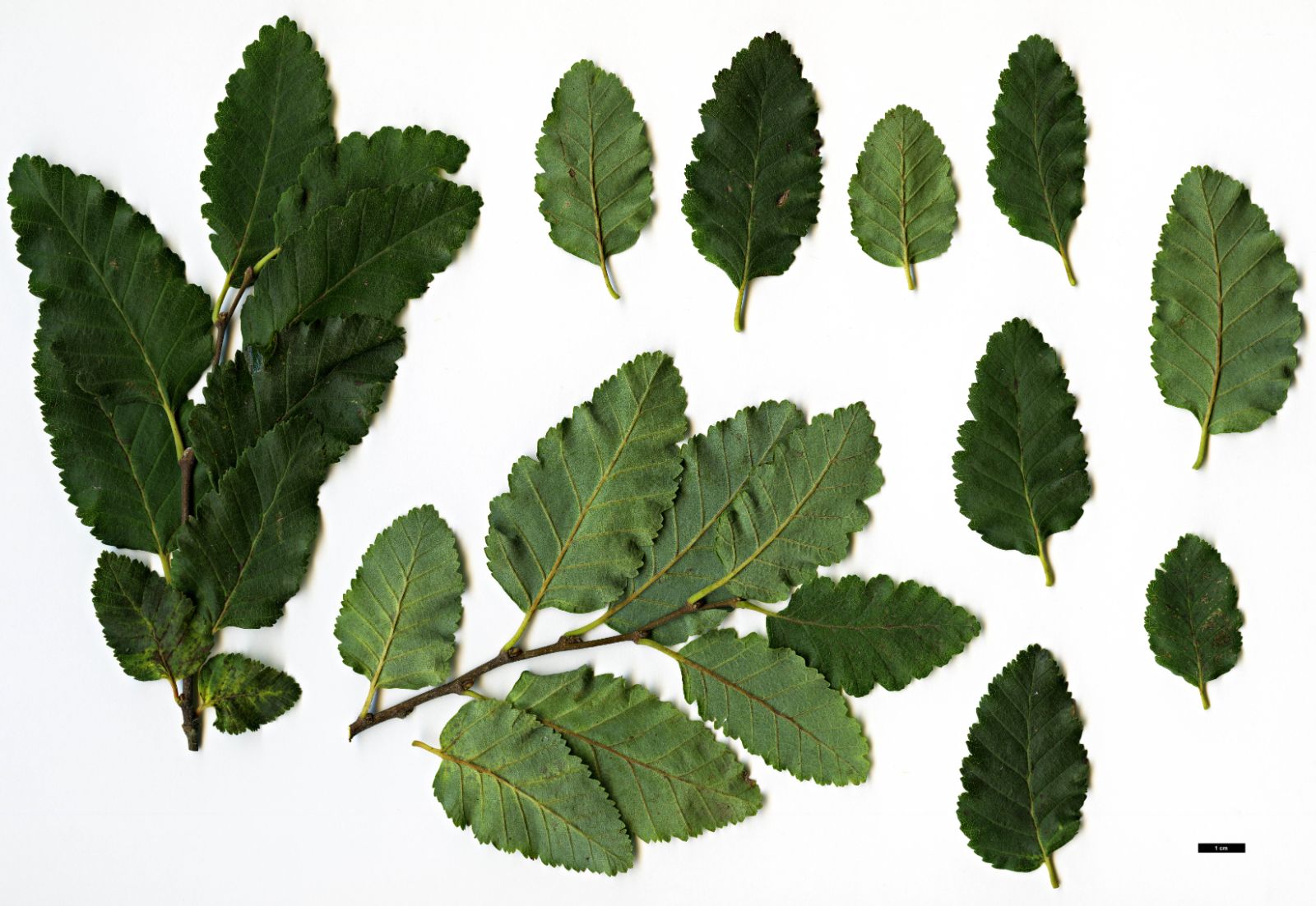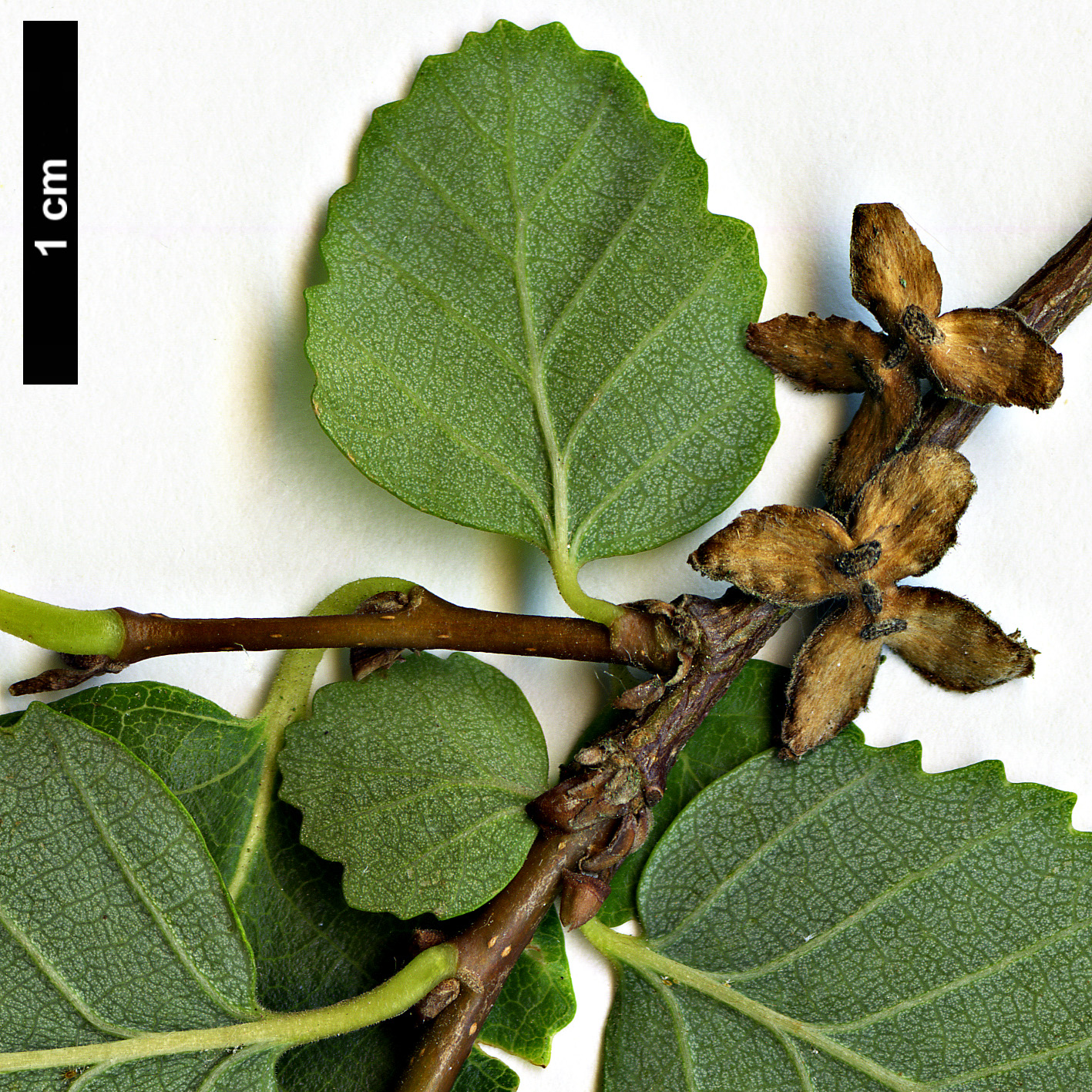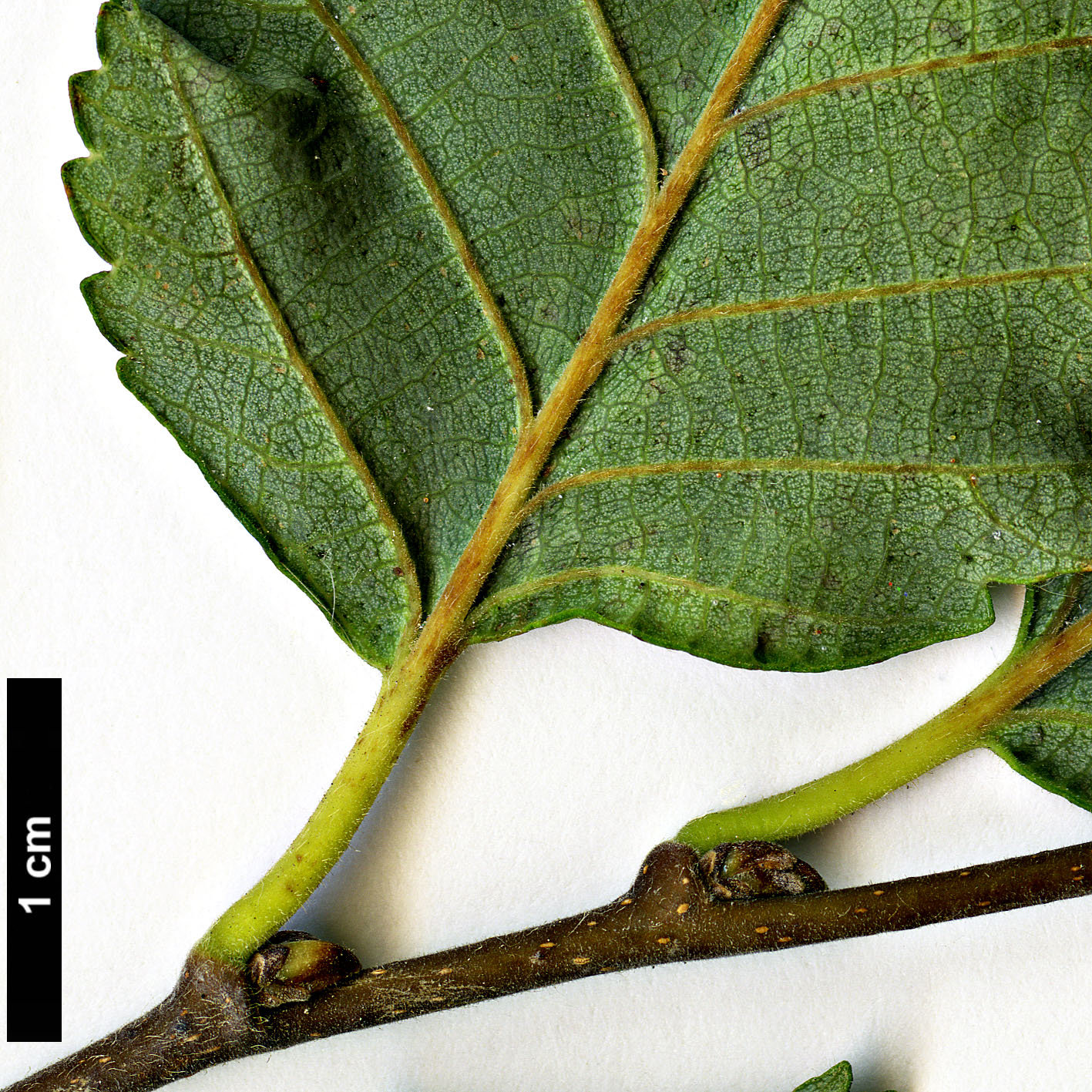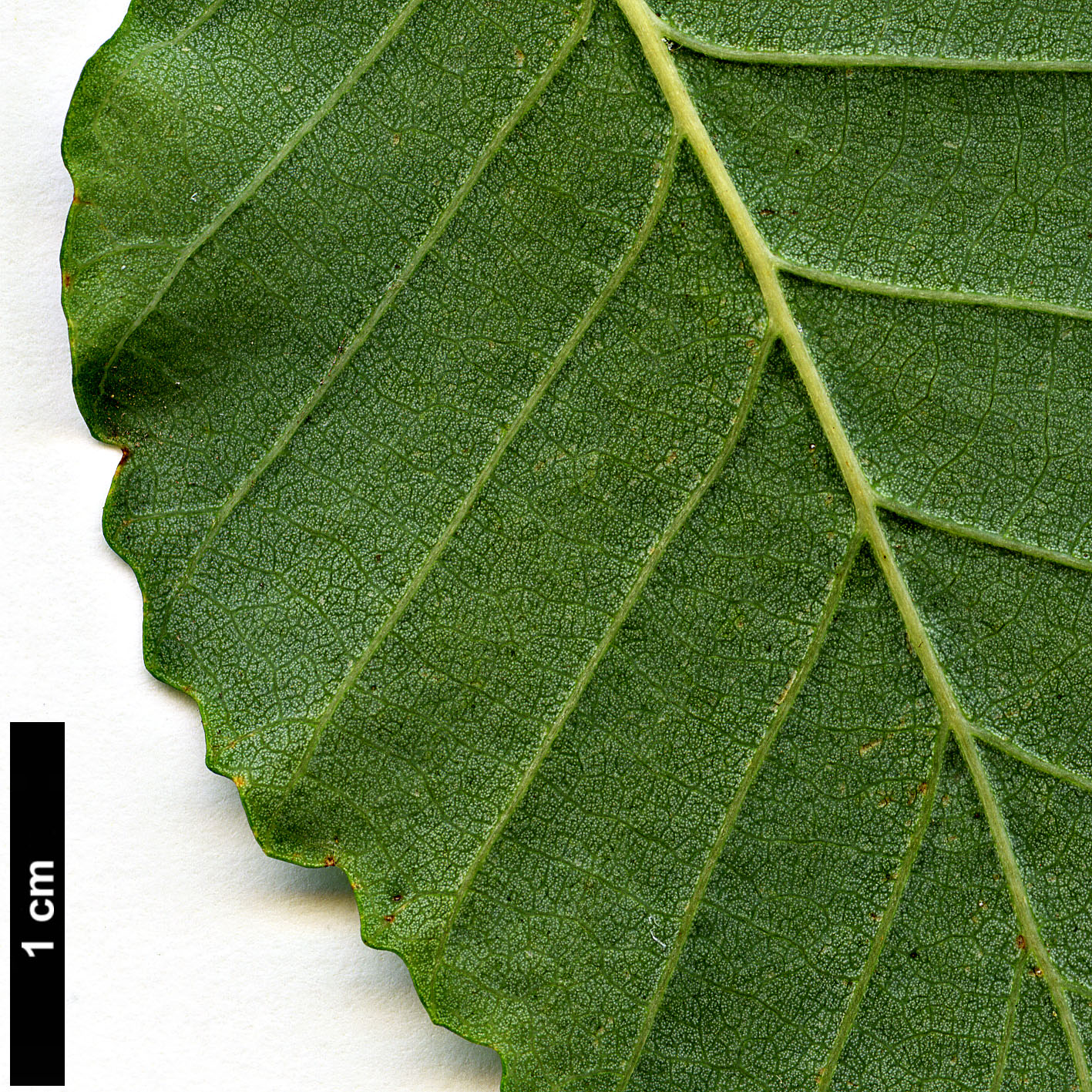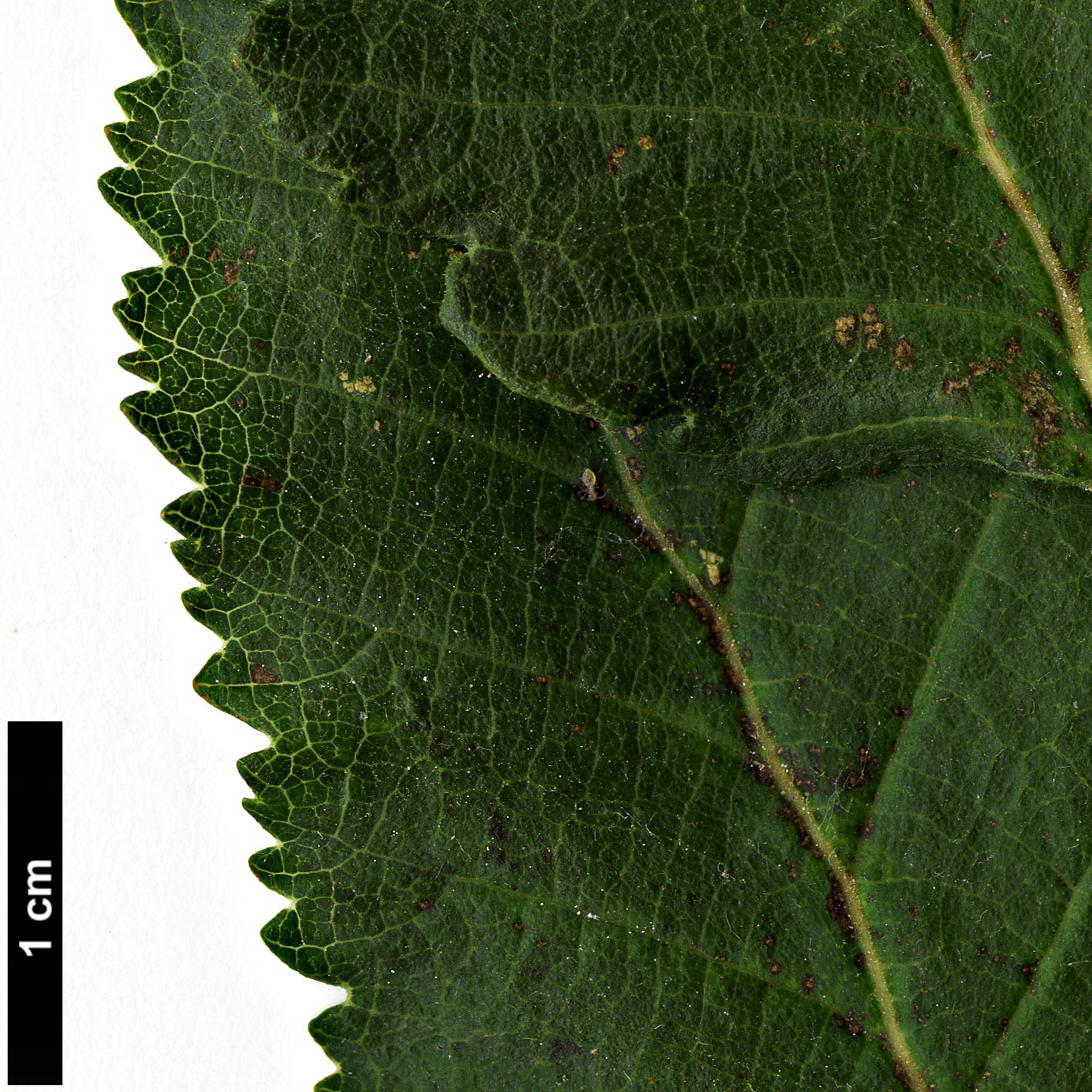Nothofagus obliqua
Sponsor
Kindly sponsored by
Col. Giles Crisp
Credits
Owen Johnson (2020)
Recommended citation
Johnson, O. (2020), 'Nothofagus obliqua' from the website Trees and Shrubs Online (treesandshrubsonline.
Genus
Common Names
- Roble
- Roble Beech
Synonyms
- Nothofagus obliqua subsp. andina F.M. Vázquez & R.A. Rodr.
- Nothofagus obliqua subsp. valdiviana (Phil.) F.M. Vázquez & R.A. Rodr.
- Lophozonia heterocarpa Turcz.
- Lophozonia obliqua (Mirbel) Heenan & Smissen
- Lophozonia obliqua subsp. andina (F. M. Vázquez & R. A. Rodr.) Heenan & Smissen
- Lophozonia obliqua subsp. valdiviana (F. M. Vázquez & R. A. Rodr.) Heenan & Smissen
- Fagus obliqua Mirbel
Other taxa in genus
- Nothofagus alessandrii
- Nothofagus alpina
- Nothofagus antarctica
- Nothofagus betuloides
- Nothofagus × blairii
- Nothofagus cliffortioides
- Nothofagus cunninghamii
- Nothofagus × dodecaphleps
- Nothofagus dombeyi
- Nothofagus fusca
- Nothofagus glauca
- Nothofagus gunnii
- Nothofagus × leonii
- Nothofagus macrocarpa
- Nothofagus menziesii
- Nothofagus menziesii × obliqua
- Nothofagus moorei
- Nothofagus nitida
- Nothofagus pumilio
- Nothofagus solandri
- Nothofagus truncata
A deciduous tree to 40 m, usually with an imperfectly straight trunk and a slender canopy. Bark pale grey-brown, sometimes with rufous tints, smooth for c. 10 years with some horizontal bands of lenticels, then cracking into broad, shallow, rather rectangular plates with curling edges; in the wild ultimately more deeply ridged and fissured. Young shoots very slender (1–1.5 mm), glabrous or pubescent, brown; buds broad-conic, red-brown, c. 5 × 3 mm. Leaves ovate to narrowly rectangular, tapering towards a rounded tip, the base tapered, rounded or subcordate and often oblique like an Ulmus; 3–8 × 2–4 cm, irregularly but densely set with small, triangular teeth and usually more or less lobulate, at least in the lower half; dark green above, pale and rather glaucous beneath; glabrous or pubescent under the main veins and midrib; lacking glandular papillae; main veins in 8–9(–11) distinct pairs; petiole 2–3 mm, glabrous or pubescent. Male flowers produced singly in the leaf-axils, with 30–40 stamens. Cupules 8–15 mm long, with 3 nutlets less than 5 mm long, the centre one flattened; lamellae entire or dentate, usually glandular, and less than 1.7 mm long. (Bean 1976; Nothofagus (2007–2008); Vazquez & Rodriguez 1999).
Distribution Argentina Neuquén province, near the Chilean border Chile Maule, Ñuble, Bío Bío, La Araucanía, Los Ríos and Los Lagos regions
Habitat Mountain forests, avoiding the wettest regions
USDA Hardiness Zone 7
RHS Hardiness Rating H5
Conservation status Least concern (LC)
Taxonomic note Vázquez and Rodríguez (Vazquez & Rodriguez 1999) separate the wild population into three subspecies: subsp. obliqua (Mirb.) Ørst., with pubescent petioles, leaves densely pubescent under the veins, and cupule lamellae glandular towards the tip; subsp. valdiviana (Phil.) F. M. Vázquez & R. A. Rodr., with subglabrous petioles, glabrous leaves, and cupule lamellae with a short pubescence but not glandular; and subsp. andina F.M. Vázquez & R.A. Rodr., with laxly pubescent petioles and lax pubescence under the main veins, and cupule lamellae with a glandular tip. This taxonomy is conserved by Heenan and Smissen (Heenan & Smissen 2013) in their revision of Nothofagus (under novel combinations within the genus Lophozonia), though the split into three subspecies does not yet seem to have been endorsed by genetic studes and it was rejected by Govaerts & Frodin (1998), nor is it endorsed by Plants of the World Online (2020) which recognises no infraspecific taxa. Vázquez and Rodríguez do not suggest any geographical separation between their subspecies, except to state that subsp. valdiviana occurs mostly in sheltered sites towards the south of the species’ range, while subsp. obliqua is common and widespread. The cultivated population of N. obliqua in the rest of the world, derived from many different introductions, has probably not yet been studied for the features used by Vázquez and Rodríguez to differentiate these subspecies. They are placed into synonymy here.
Roble (perhaps better anglicised as Roble Beech, since roble means ‘oak’ in Spanish; there are no Quercus native to Chile or Argentina) is along with N. antarctica the best adapted Nothofagus species to the climate of most of the UK and Ireland, and to adjacent parts of continental Europe; it is the only tree from the southern hemisphere to self-seed abundantly in appropriate habitats in these areas. (The Chilean Myrtle Luma apiculata is only as fecund in significantly milder and more humid parts of south-west England and Ireland). It is probably also the southern hemisphere tree least likely to be noticed by non-experts in Europe as something obviously exotic. Trees flush quite early in spring, with one branch typically preceding another, and the young foliage is an exquisitely fresh green for a few weeks; autumn colours tend to yellow. In winter, the delicate herring-bone tracery of the remarkably slender twigs is attractive, and some trees develop a picturesque, quite weeping habit. The authentic Yorkshire voice of W.J. Bean can be heard in his opinion that ‘the ugly cracked bark is a defect’ (Bean 1976); when the tree is 30 to 50 years old it is certainly distinctive, with its large shallowly-cracking scales which most obviously recall the European Hop-hornbeam’s (Ostrya carpinifolia) but which are usually paler, with orange and reddish highlights.
In its native forests Nothofagus obliqua can reach ages as great as 450 years (Nothofagus (2007–2008); in cultivation so far it is fast-growing but seems unlikely to live for much more than a century – though trees in cool areas with plenty of rainfall year-round may thrive for longer, as seems likely to be the case among nearly all the hardier Nothofagus species. A deciduous Nothofagus of some kind seems to have been sent by William Lobb to Veitch’s nursery in Exeter in 1849, but the first confirmed introduction of N. obliqua to Europe was Henry Elwes’ in 1902, followed by Fred Balfour’s in 1910 and Harold Comber’s in 1926 (Bean 1976). A tree planted at the Sunningdale Nursery in Surrey from Balfour’s seed in 1917 remained as a long-dead tall stump in 2000; its ultimate trunk diameter of 122 cm has not yet been exceeded in cultivation, but is approached by examples at Rostrevor and Baron’s Court in the cooler and slightly more congenial climate of Northern Ireland (Tree Register 2020). The larger of two known survivors from Elwes’ seed at Tortworth in Gloucestershire was 28 m × 102 cm dbh in 2015; their extreme vigour in youth was noted in 1908 by Augustine Henry (Elwes & Henry 1906–1913) but, curiously, H.J. Elwes did not write about the species. The larger of a pair from Comber 507 in the Royal Botanic Garden Edinburgh was 25 m × 106 cm dbh in 2014 (Tree Register 2020); it had to be felled in 2016 but a self-sown seedling persists nearby, together with other, known-origin plantings (T. Christian pers. comm. 2020). One of several trial plantations made by the Forestry Commission, at Cobden’s Copse in Hampshire, contains the tallest recorded examples at 36 m in 2018 (Tree Register 2020); these are the joint-tallest South American trees known in northern Europe. A 25 m tree at the National Botanic Gardens at Glasnevin in Dublin in 2012, planted around 1941, shows the species’ ability to tolerate at least a modicum of alkalinity in the soil (Tree Register 2020). Good specimens grow as far north as Elgin in Moray (Tree Register 2020), though like the other deciduous species (N. gunnii in the wild excepted) N. obliqua dislikes severe exposure.
The fast growth has recommended Nothofagus obliqua as a useful species for amenity planting; it was employed across south-east England to quickly repair damage caused by the Great Storm of 1987. Grown in plantations, natural regeneration can be abundant enough to maintain stocking (as across 20 ha of the Forestry Commission’s Weston Common in Hampshire), but this ability is not yet assessed as a significant ecological issue outside managed areas. However, plantation trees are now proving very vulnerable to the pathogen Phytophthora pseudosyringae (Mason et al. 2018) and, while disturbance promotes natural regeneration, it can also have a detrimental effect. Tom Christian has observed that a heavily-thinned stand near Windsor has continued to lose mature trees at a considerable rate due to the combination of summer droughts and increasingly intense heatwaves; the thinned canopy no longer provides the shallow root systems with the same cooling effect of shade as it used to, although the extent of natural regeneration in the same wood is excellent (T. Christian pers. comm. 2020). The durable, reddish heartwood of old wild trees is valued, but growth except in the driest parts of England is less fast and straight than that of N. alpina.
In continental Europe, by stark contrast, this beautiful and adaptable species is still not at all a familiar tree. In 1996 it had reached 15 m as far north as Knuthenborg Park in Denmark (Søndergaard 1997); Belgische Dendrologie’s excellent list of trees in Belgium includes three small specimens (Belgische Dendrologie 2020). In 1990 an example in the Washington Park Arboretum in Seattle, USA, was 20 m tall (Van Pelt 1996); a much lower tree grows at the Oregon State University’s College of Agricultural Sciences at Corvallis (Oregon State University 2020), and the species has also survived further north in Vancouver, Canada (Straley 1992). In New Zealand, it has been grown in the Forest Research Institute Headquarters at Rotarua (a herbarium specimen deposited in the Museum of New Zealand) and is represented at Hackfalls Arboretum (Hackfalls Arboretum 2020). In Australia, it is now sold by Yamina Rare Plants (Teese 2020).
In its native Chile significant swathes of N. obliqua forest has been cleared since the arrival of European settlers. In areas where less industrialised agriculture persists it is still possible to see stately open-grown Roble in fields ‘reminiscent of a European parkland’ (T. Christian pers. comm. 2020). This hints at another potential deployment of Roble and of the aesthetically similar N. alpina in our area as we seek to mitigate against the impacts of climate change and diversify the species grown in our landscapes.

